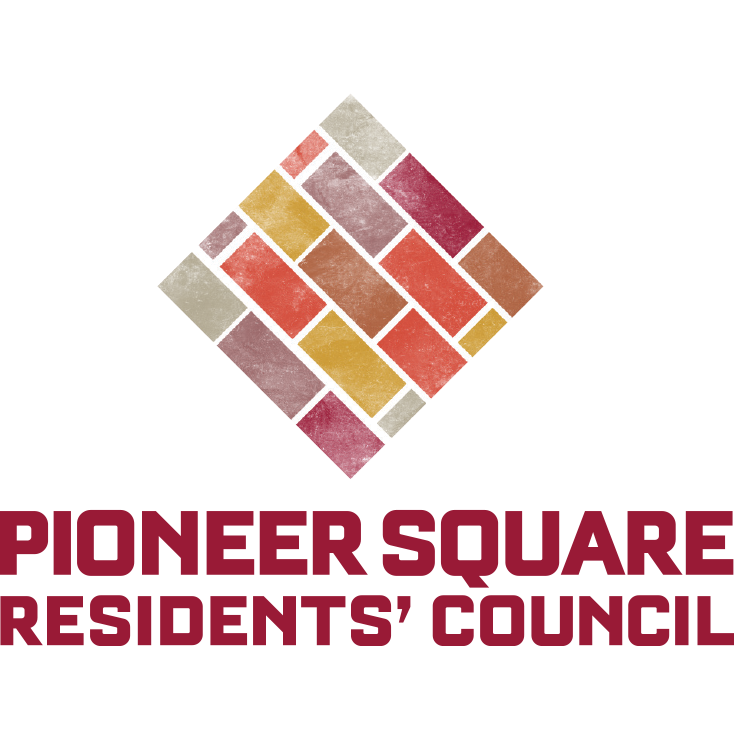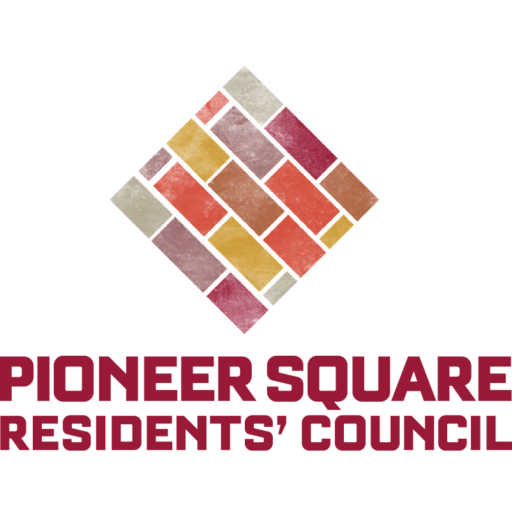14 Sep A new plan for the Stadium District — comments welcome
There is a draft Stadium District Concept Plan that has recently come out, that was created by two volunteer public boards, to protect the public’s investment in Safeco Field, and CLink Field + Event Center. It is a draft plan that is supposed to present a vision for the district over a ten year period. It envelops anticipated changes to our neighborhood, such as the North Lot, the waterfront, and the changes to the viaduct.
You will be pleased to know that our stadiums do well by most measurements when compared to other stadiums, such as Camden Yards in Baltimore (Stadium District and Inner Harbor), Coors Field in Denver (LoDo District), and Petco Park in San Diego (Gaslamp District).
Our stadiums are seen as effectively managed and maintained and are environmental leaders. Our analysis shows that Seattle generates more stadium district foot traffic than the other cities studied. On the other hand, our stadiums have not had the same economic or positive neighborhood impact in stimulating new housing, activating old buildings, driving retail activity, or achieving new public amenities like open space, pedestrian and bike friendly streets, sidewalks, and transit that other cities have experienced.
Denver, for example, has a stadium district population of 25 households per acre while the Seattle stadium district averages only two households per acre. For food and beverage revenue outside the stadiums, Seattle ranks last.
The Concept Plan goes into detail about a vision for the area and how the stadium district interacts with Pioneer Square, SODO, Chinatown/ID, and the waterfront. Part of the plan includes the following “targets under a 10-year plan for development within a 15 minute walk of the stadiums:”
- Increase of 2,000 new market rate housing units
- Minimum 2,000 new parking spaces
- Enhanced pedestrian, bicycle and transit facilities and connections
- A major new destination open space
The plan goes on to break down the district into four different “faces” that can be improved: Occidental, 1st Avenue, PARKing, and Nexus. Ideas that are suggested include:
- a warehouse/industrial environment with outdoor celebrations and other places activity that make pre-game activity more enjoyable IN the neighborhood
- housing + hotels that increase activity on roof decks, and on the street
- covered open space that can provide outdoor venues for performance and events
- enhanced lighting (that also help with wayfinding)
- a (park)ing garage [a parking garage with a park on top]
- incorporating places to “get wet, play ball, swing, slide, etc.” — places for kids and families to get together and play
The report is packed with graphics and images, vision and possibilities. Go and check it out online, and please provide comments and ideas — there is no current deadline, but they want to hear from as many people as possible on what can make this district as successful as possible. (comments can be emailed to comments@stadiumdistrict.org)






Sorry, the comment form is closed at this time.